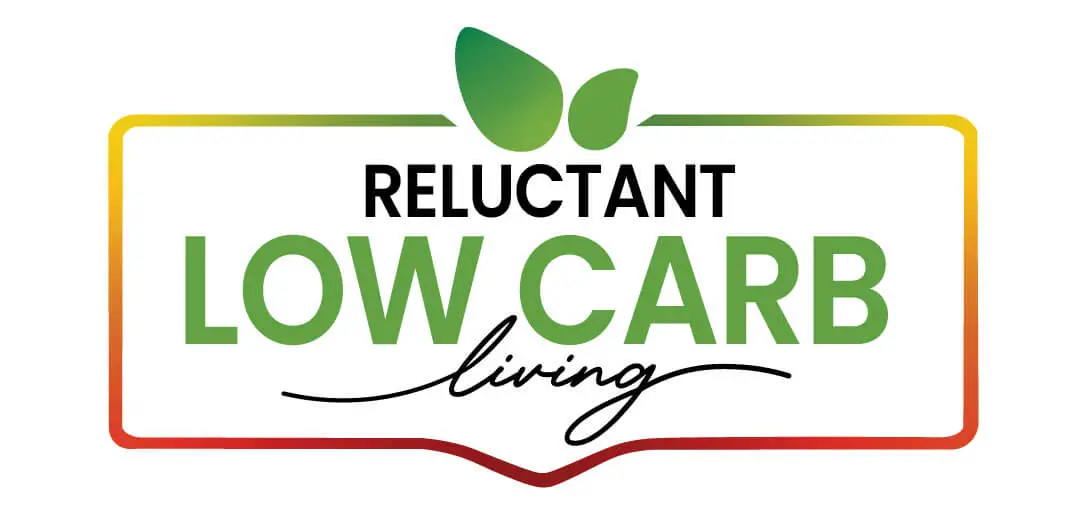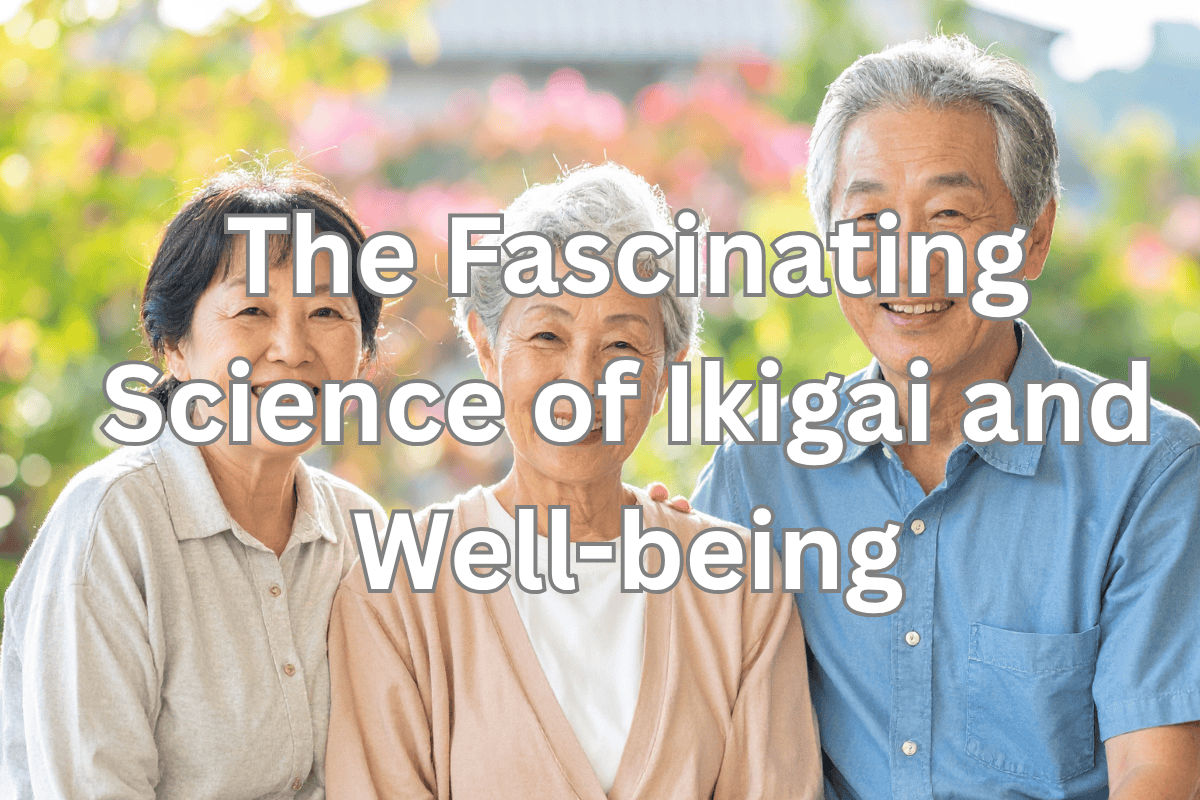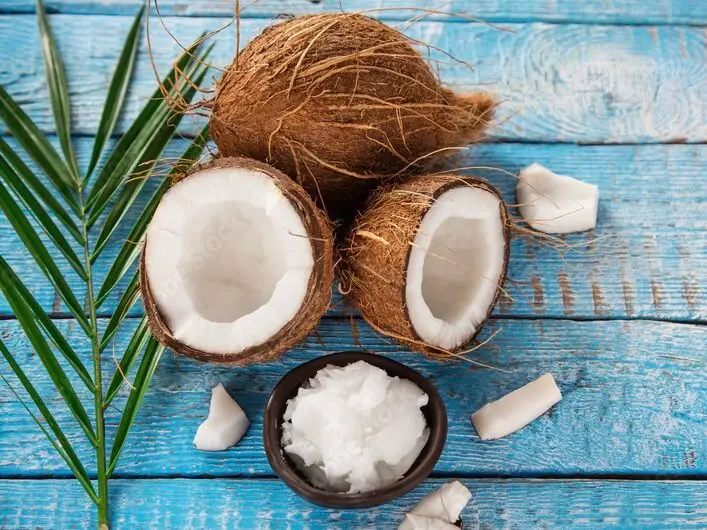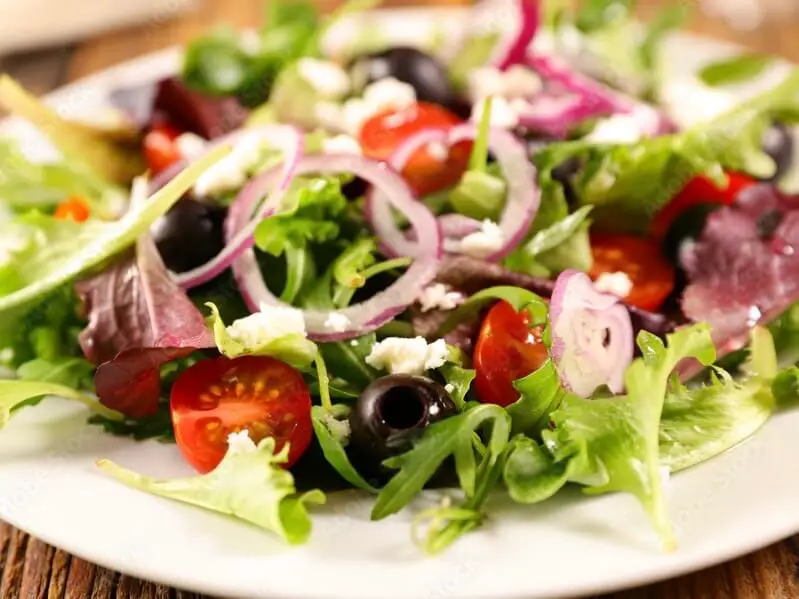Imagine waking up every day with a profound sense of purpose and genuine satisfaction. That every single day you feel is a gift?
Read on as this isn’t just about a Japanese philosophy; it’s about the tangible science behind Ikigai and how understanding it can dramatically improve your mental, emotional, and even physical health. Prepare to transform your well-being by uncovering your unique reason for being.
Table of Contents
- Unlocking Your Purpose: More Than a Buzzword
- The Four Pillars: Deconstructing Ikigai’s Framework
- The Neurochemistry of Purpose: Your Brain on Ikigai
- Practical Pathways to Finding Your Ikigai
- Integrating Ikigai for a Fulfilling Future
- Embrace the Fascinating Science of Ikigai
- Deep Dive Podcast
- Related Question
Unlocking Your Purpose: More Than a Buzzword
Hook: A Life Beyond Routine
Ever feel like you’re just going through the motions? The daily grind can often leave us feeling unfulfilled and disconnected from our true selves.
In a world that often prioritizes productivity and success, the concept of Ikigai offers a refreshing perspective. It’s not merely a trend or a buzzword; it’s a deeply rooted philosophy that encourages us to explore the intersection of our passions, skills, and societal needs.
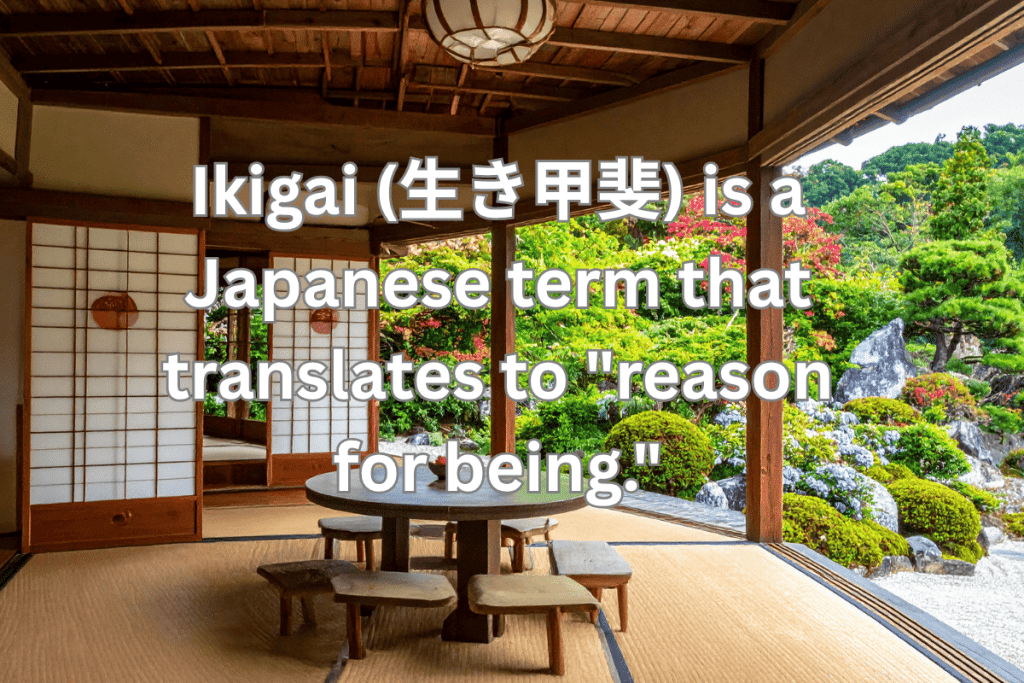
Brief Historical Context: The Roots of Ikigai
Ikigai (生き甲斐) is a Japanese term that translates to “reason for being.” Its origins can be traced back to Okinawa, Japan, a region known for its high population of centenarians and exceptional longevity.
The people of Okinawa have long attributed their remarkable health and longevity to their sense of purpose, which is deeply intertwined with their cultural practices and daily lives.
In this context, Ikigai is not just a personal pursuit; it’s a communal philosophy that emphasizes the importance of contributing to society while finding personal fulfillment.
Initial Intrigue: More Than Just a Career
Is Ikigai simply about finding your dream job? While career satisfaction is a component, the essence of Ikigai extends far beyond professional aspirations.
It encompasses a holistic approach to well-being, integrating various aspects of life—relationships, hobbies, and contributions to the community. Understanding Ikigai can lead to a more profound sense of fulfillment and happiness, influencing all areas of life.
The Four Pillars: Deconstructing Ikigai’s Framework

Visual Breakdown: The Venn Diagram of Ikigai
At its core, Ikigai is often represented by a Venn diagram consisting of four key elements:
- What You Love: Your passions and interests.
- What You’re Good At: Your skills and talents.
- What the World Needs: The needs and challenges of society.
- What You Can Be Paid For: The economic viability of your pursuits.
The intersection of these four circles is where your Ikigai lies—a unique blend of passion, mission, vocation, and profession.
Common Misconceptions: Beyond Career Limitations
Many people simplify Ikigai to merely finding a career that aligns with their passions. While this is a crucial aspect, it overlooks the broader application of Ikigai in personal relationships, community involvement, and self-care.
Ikigai is about aligning all facets of life, and misalignment in these areas can lead to stress, burnout, and a pervasive sense of unfulfillment.
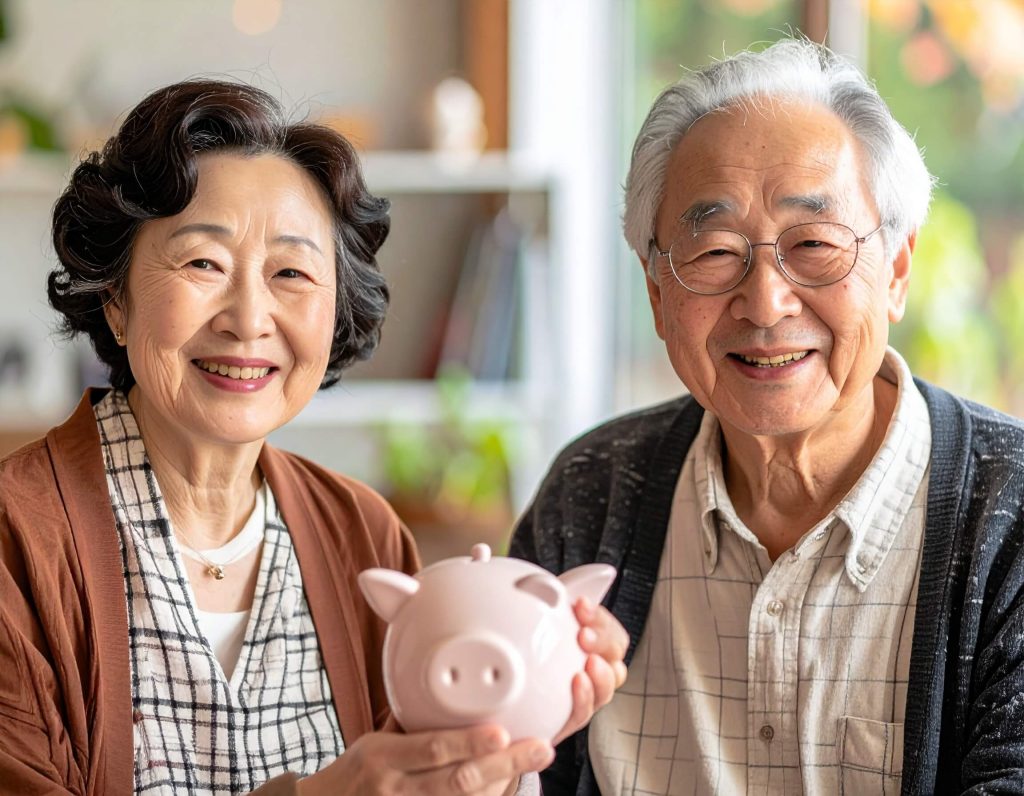
Connecting to Well-being: The Consequences of Misalignment
When individuals neglect the various components of Ikigai, they may experience feelings of emptiness or dissatisfaction. This misalignment can manifest as chronic stress, anxiety, and even physical health issues.
By understanding how to integrate Ikigai into daily life, individuals can cultivate a sense of balance and well-being.
The Neurochemistry of Purpose: Your Brain on Ikigai
Scientific Backing: The Chemistry of Happiness
Living with purpose has profound effects on our neurochemistry. Engaging with your Ikigai can stimulate the release of neurotransmitters such as dopamine, serotonin, and oxytocin—chemicals that play essential roles in mood regulation, emotional well-being, and social bonding.
- Dopamine: Often referred to as the “feel-good” hormone, dopamine is released when we achieve goals or experience something pleasurable. Finding your Ikigai can create a continuous loop of positive reinforcement as you engage in activities that fulfill you.
- Serotonin: This neurotransmitter contributes to feelings of happiness and well-being. A clear sense of purpose can enhance serotonin levels, improving mood and reducing feelings of depression.
- Oxytocin: Known as the “bonding hormone,” oxytocin is released during social interactions and acts of kindness. Engaging with your Ikigai often involves connecting with others, fostering relationships that enhance your well-being.
Stress Reduction: The Protective Effects of Purpose
Having a clear Ikigai can significantly mitigate the detrimental effects of chronic stress on the body.
Research has shown that individuals with a strong sense of purpose experience lower levels of stress hormones, reduced inflammation, and improved immune function. This protective effect can lead to better overall health and longevity.
Brain Imaging and Studies: Evidence of Purpose in Action
Studies using brain imaging techniques have demonstrated increased activity in the brain’s reward pathways when individuals engage in meaningful activities aligned with their Ikigai. This increased activation not only boosts motivation but also reinforces the connection between purpose and well-being.
Practical Pathways to Finding Your Ikigai

Actionable Steps: A Journey of Self-Discovery
Finding your Ikigai is a personal journey that requires introspection and exploration. Here are some actionable steps to guide you:
- Journaling Prompts: Reflect on questions such as:
- What activities make you lose track of time?
- What skills do others often compliment you on?
- What issues in the world resonate with you the most?
- How can you monetize your passions?
- Reflection Exercises: Set aside time each week to reflect on your experiences. Consider how you felt during various activities and what brought you joy or fulfillment.
- Mindful Practices: Engage in mindfulness meditation or yoga to connect with your inner self and clarify your values and desires.
Real-World Examples: Inspiring Stories of Ikigai
Many individuals have successfully aligned their lives with their Ikigai, leading to transformative experiences. For instance:
- A Teacher’s Journey: A former corporate executive found her Ikigai in teaching underprivileged children. By combining her skills in communication with her passion for education, she now feels fulfilled and impactful.
- An Artist’s Path: An artist who struggled with self-doubt discovered her Ikigai by creating community art projects that addressed social issues. This not only reignited her passion for art but also fostered connections within her community.
The Iterative Process: Embrace the Journey
It’s essential to recognize that finding your Ikigai is not a one-time event but an ongoing journey of refinement. As you grow and evolve, your understanding of your purpose may shift. Embrace this fluidity and remain open to new experiences that can lead you closer to your Ikigai.
Integrating Ikigai for a Fulfilling Future
Long-Term Benefits: Resilience and Positive Aging
A sustained connection to your Ikigai fosters resilience and adaptability. Individuals who regularly engage with their purpose are better equipped to navigate life’s challenges, leading to greater emotional stability and overall well-being.
Moreover, research indicates that those with a strong sense of purpose tend to experience positive aging, maintaining cognitive function and emotional health well into their later years.
Community and Connection: The Power of Shared Purpose
Engaging with your Ikigai often involves contributing to something larger than yourself. This sense of community and connection not only enhances your well-being but also fosters a supportive environment for others.
Shared purpose can lead to collaborative efforts that address societal challenges, creating a ripple effect of positive change.
Call to Action: Start Your Ikigai Journey
As you reflect on the insights shared in this blog, consider taking the first steps toward discovering your Ikigai. Begin by journaling your thoughts, engaging in mindfulness practices, and exploring your passions. Share your journey in the comments below and connect with others who are also seeking their unique purpose. Together, we can create a community of individuals committed to living meaningful and fulfilling lives.
Embrace the Fascinating Science of Ikigai
The science of Ikigai offers a compelling framework for enhancing well-being and satisfaction in life.
By understanding the interplay between purpose, passion, and community, we can unlock a deeper sense of fulfillment that transcends mere existence. Embrace the journey of discovering your Ikigai, and watch as it transforms your mental, emotional, and physical health.
The path to well-being is not just about finding your reason for being; it’s about living it every day.
Deep Dive Podcast
To learn more about Ikigai listen to our Deep Dive Podcast.
At Reluctant Low Carb Life, we are staunch advocates of the Health Trifecta: Fullness, Fitness, and Freshness. Additionally, we embrace the pillars of health, wellness, and graceful aging. Our mission is to provide honest and precise information to individuals dedicated to adopting a healthy lifestyle while enhancing their fitness and well-being.
We have a free monthly newsletter that is filled with information and helps you remain updated. Subscribe to the Reluctant Low Carb Life newsletter by clicking here.
Listen to our weekly podcast, Reluctant Low Carb Life, on all the major podcast platforms by clicking here.
Follow us on Instagram and Facebook by clicking those Social Media.
Related Question
Is The BMI For Men And Women The Same?
Whenever you go to the doctor, one of the things that they will always check is your BMI or your Body Mass Index.
The BMI tool is used to determine whether or not you have a healthy weight compared to your height and weight; the BMI chart is the same for men as it is for women. The BMI chart does not look at gender but only your height compared to your weight. It also does not look at how much fat you have, your muscle weight, or other lifestyle choices.
You can read more about Is The BMI For Men And Women The Same? by clicking here.
Guide To Doterra Essential Oils And Low-Carb Life
Doterra essential oils are based on essential oils used for centuries. Essential oils are natural products that can help to boost immune systems, promote skin health, reduce stress, improve sleep quality, and more. Additionally, we believe essential oils can support a low-carb lifestyle!
You can read more about Guide To Doterra Essential Oils And Low-Carb Life by clicking here.
What Foods Have The Lowest Satiety To Calorie Ratios?
Satiety, or fullness after eating, is essential in managing hunger and food intake. If a food has a low satiety-to-calorie ratio, you don’t feel as full after eating it.
To help control your weight and eating habits more effectively, it helps to understand which foods have the lowest satiety-to-calorie ratios so that they can be avoided or at the least eaten in moderation. Some of the worse foods are filled with highly processed sugared; these foods also offer very low satiety, so you will quickly feel hungry again after you eat them.
You can read more about What Foods Have The Lowest Satiety To Calorie Ratios? by clicking here.
